Crypto adoption is now spreading in the U.S. as local governments are starting to accept digital currencies such as Bitcoin (BTC) and Ether (ETH) for payments. The City of Williston in North Dakota recently announced the acceptance of cryptocurrency as payments for utility bills.
“We have partnered with BitPay, the largest virtual payment merchant whose partners include Microsoft and Facebook,” Williston City Finance Director Hercules Cummings said. “We are the first municipality in the State of North Dakota, and the third in the nation, to offer this service.”
At the moment, crypto payments are accepted only for utility bills. However, the city plans to expand the payment option in the future so cryptos can also be used to pay for licenses, permits, and landfills.
Aside from crypto, citizens can still continue paying their utilities using more traditional payment methods such as cash, credit card, check, and automatic payment plan. Residents can also opt to receive their utility bills electronically instead of being mailed to their physical address.
More payment options will be available by June 2021 with the inclusion of Apple Pay, Google Pay, and pay-by-text. PayPal and Venmo will also be available as payment options by the end of the year.
“We are exploring more payment methods to keep pace with existing payment alternatives, deliver to a growing customer demand, and cater to users of all types,” Cummings explained the city’s decision to upgrade its payment system. “There are also a number of advantages to utilizing these online payment methods including security, convenience, and cost savings.”
Digital and contactless payment options allow people to make payments at any time and from any location. This is a more convenient alternative compared to having to visit the City Hall during business hours.
Cummings cited the cost savings when using crypto as payment compared to other cashless options. BItPay only charges a one percent fee compared to the three percent fee being charged by PayPal, Apple Pay, and Google Pay.








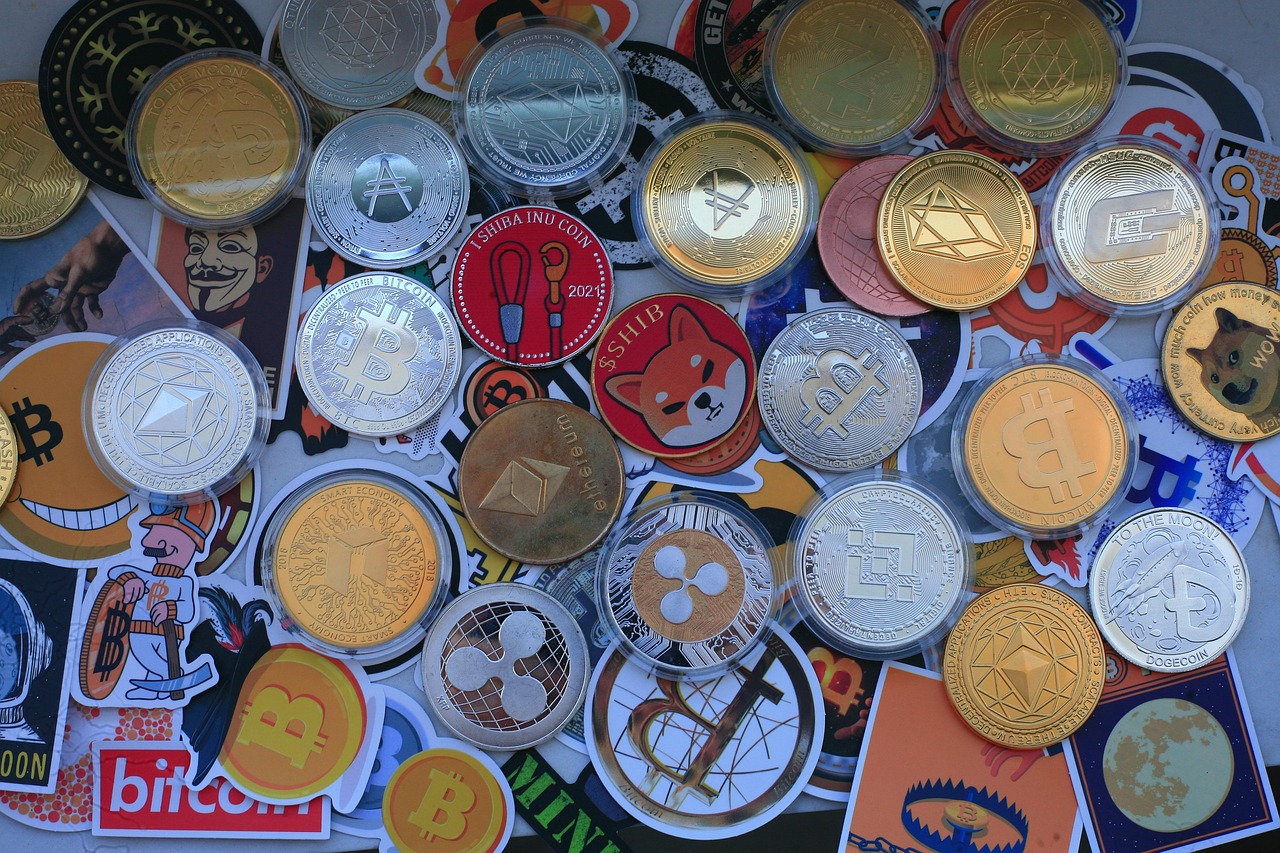
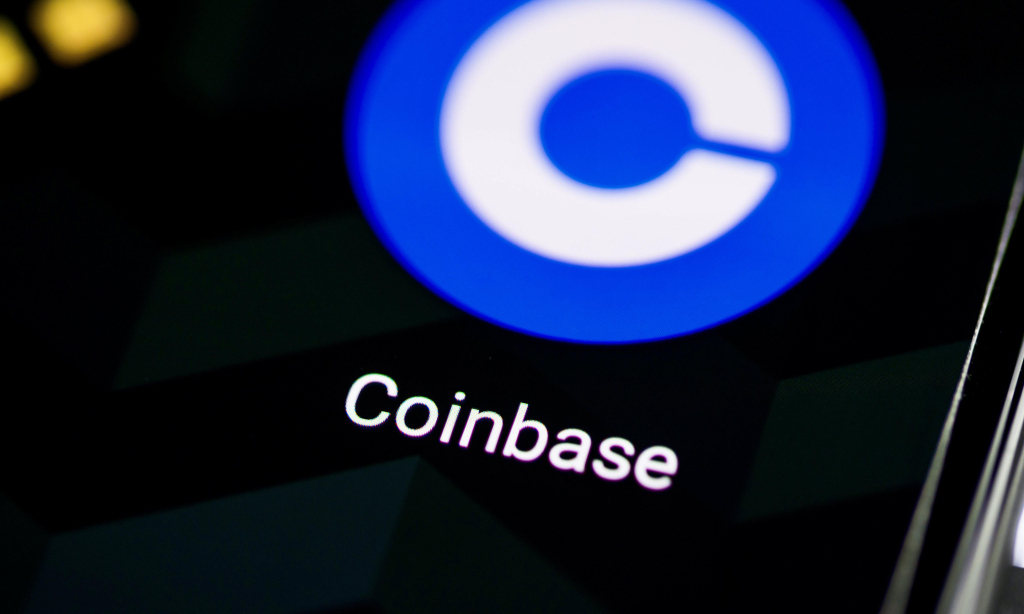
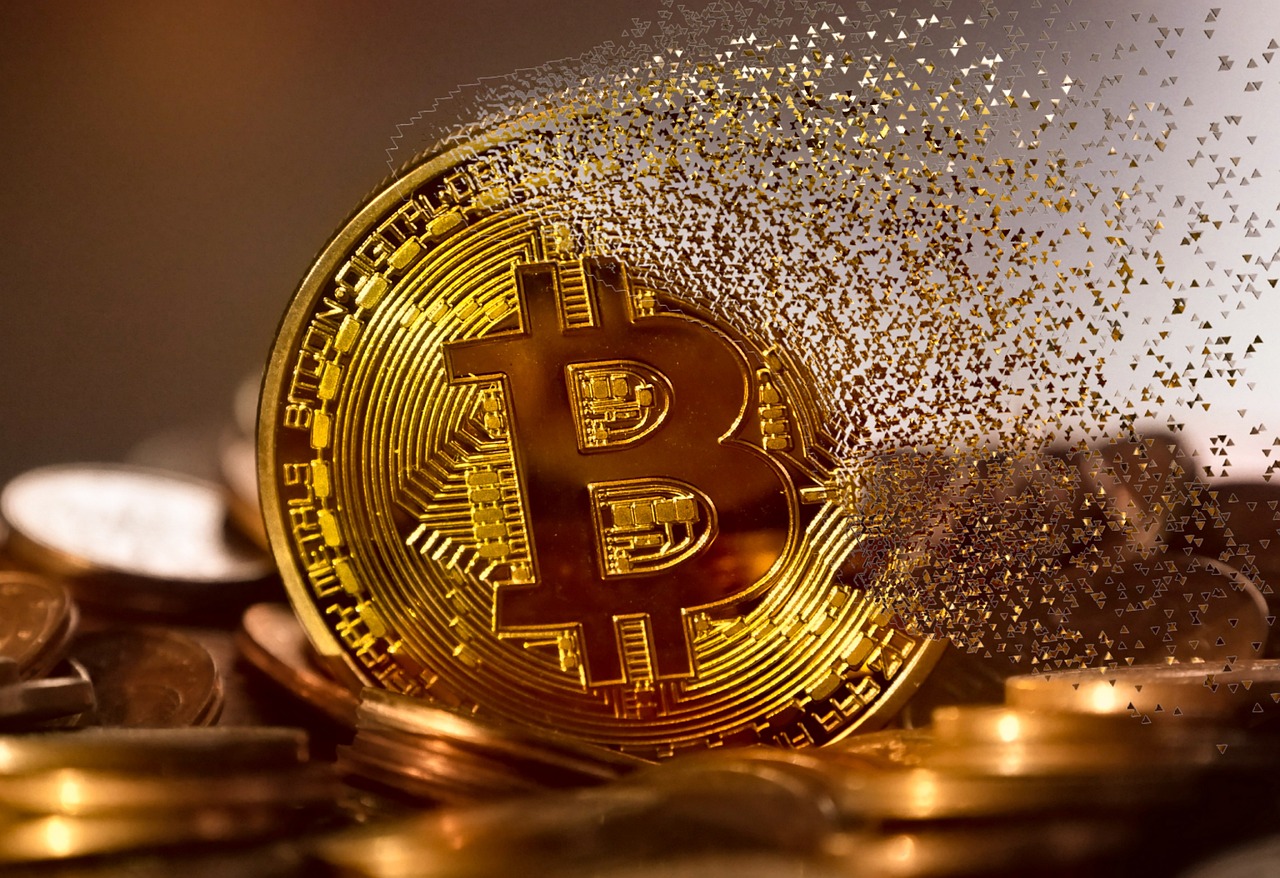


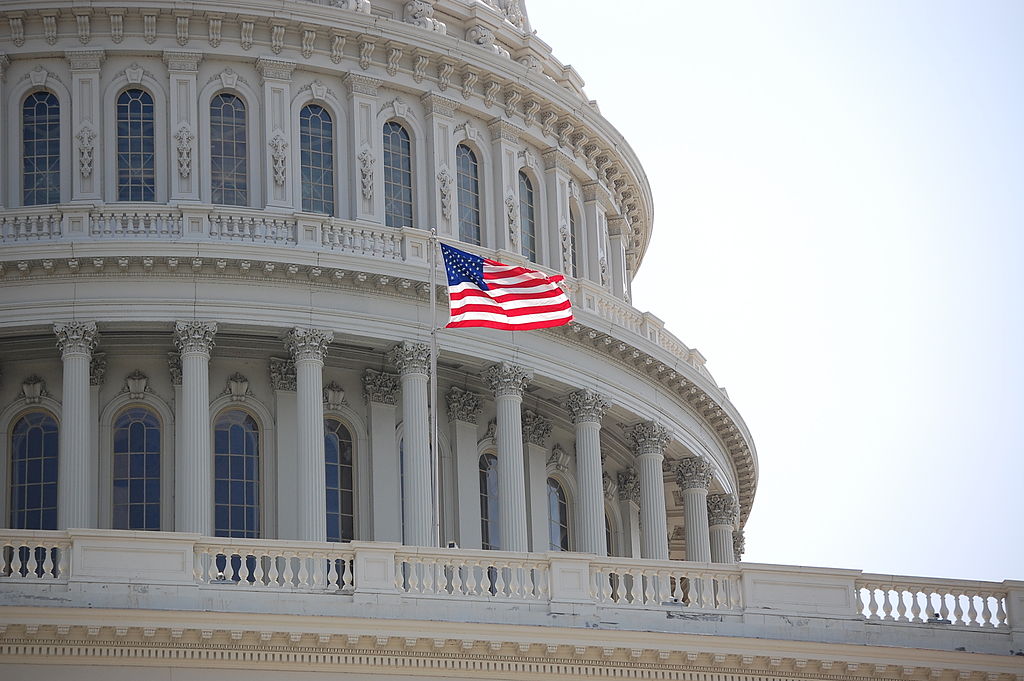
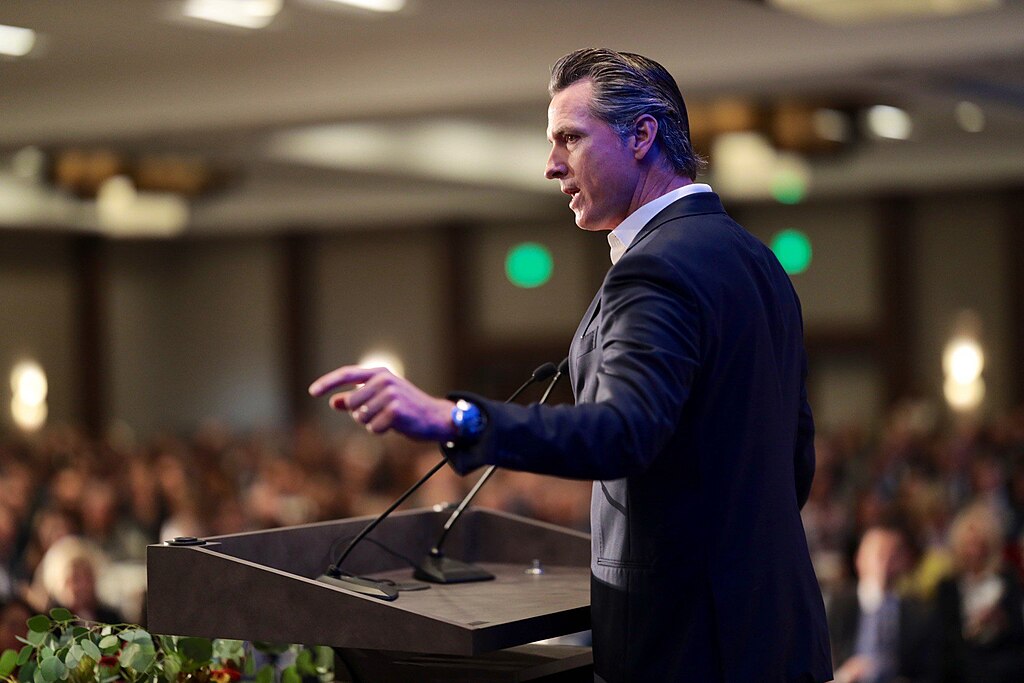
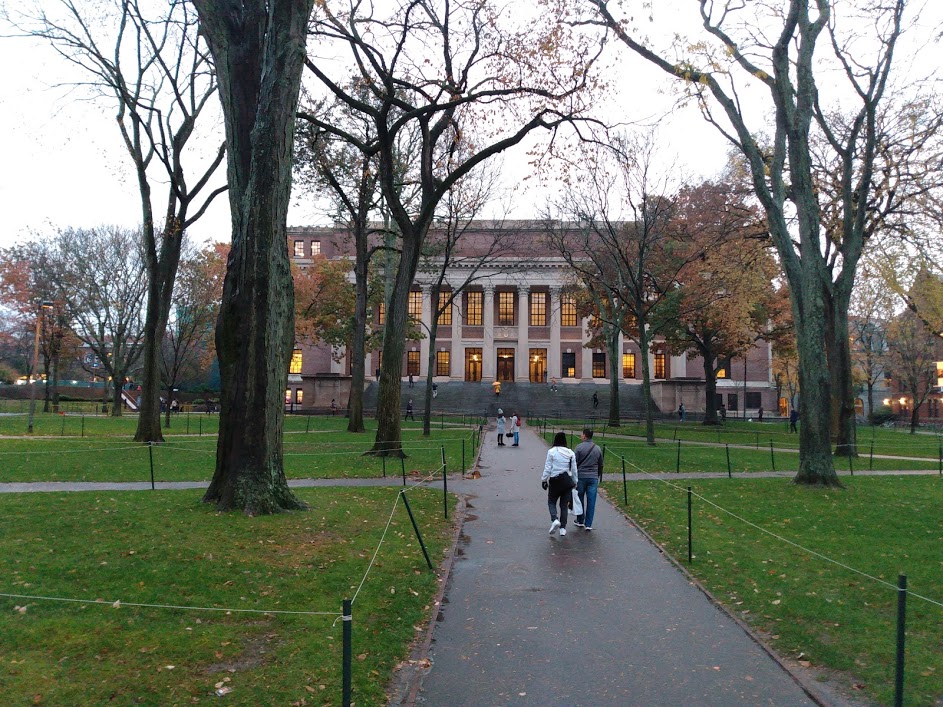

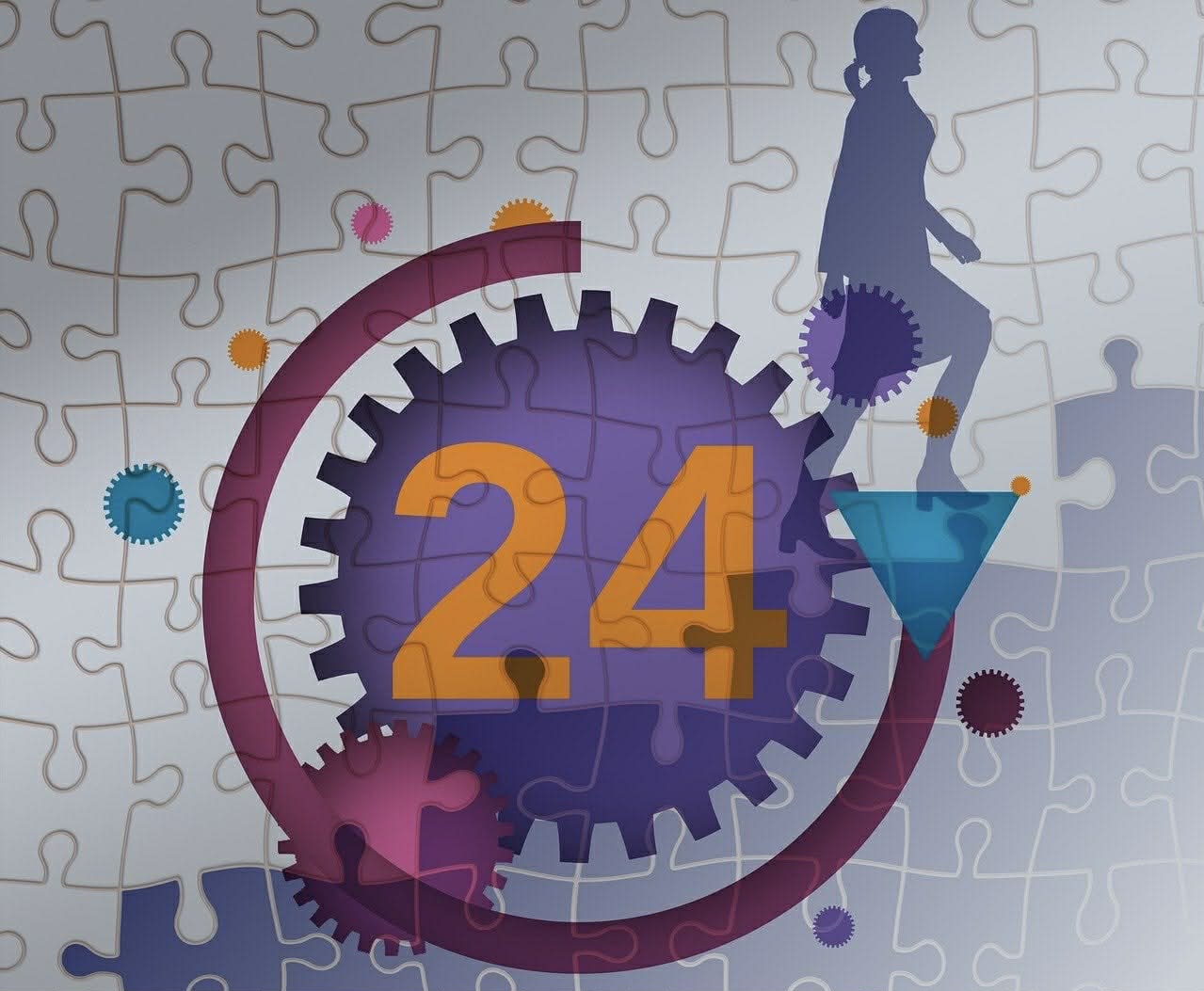
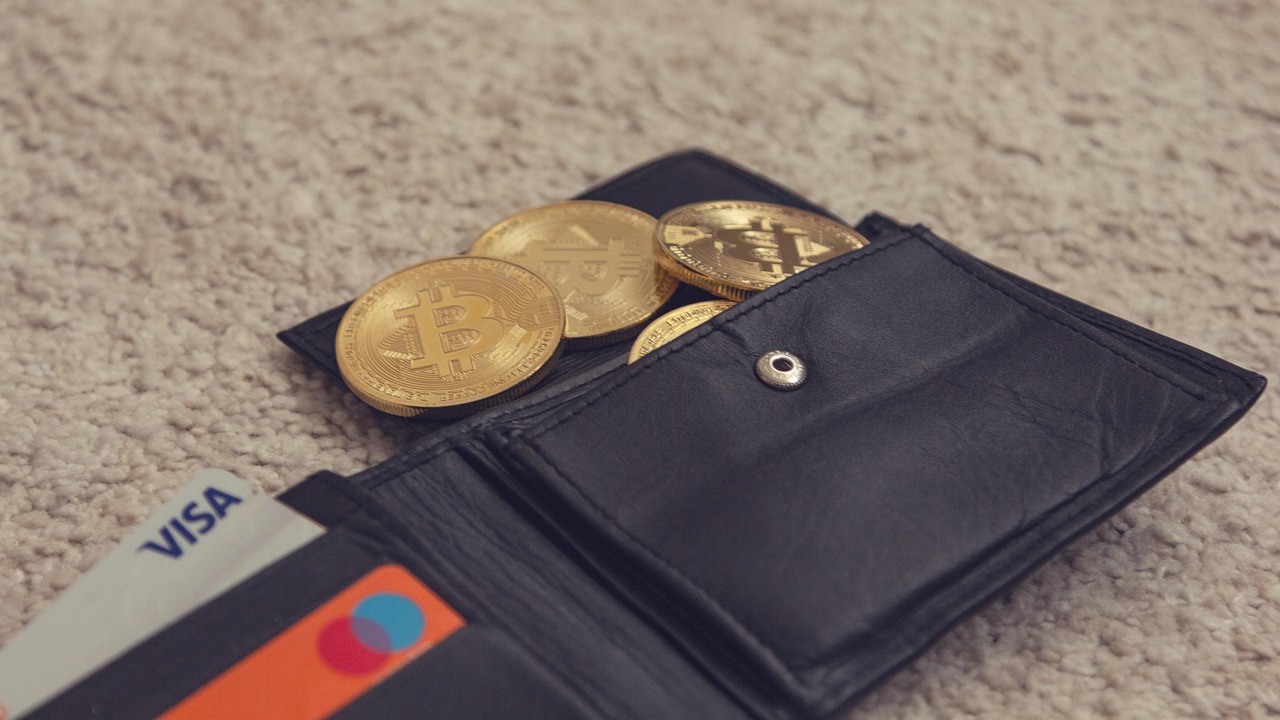

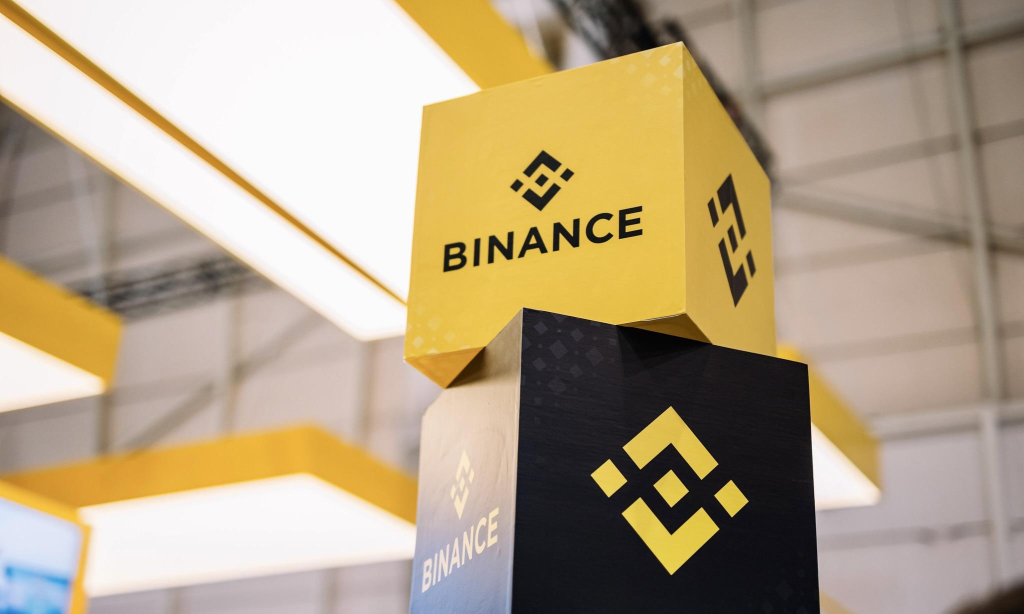



Comment 5